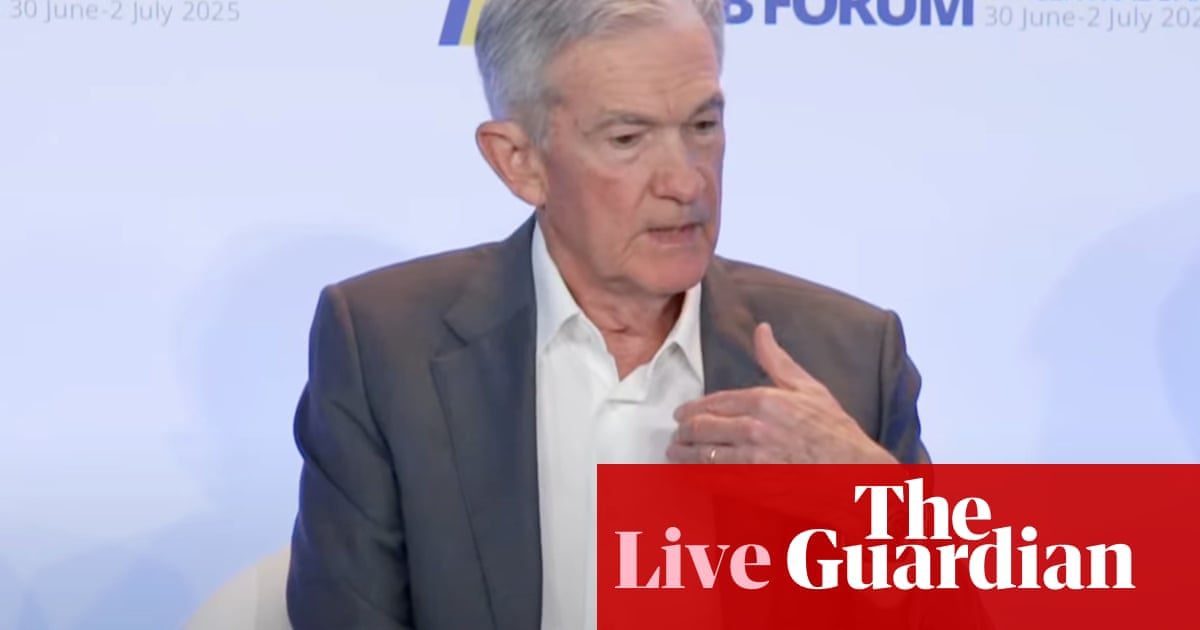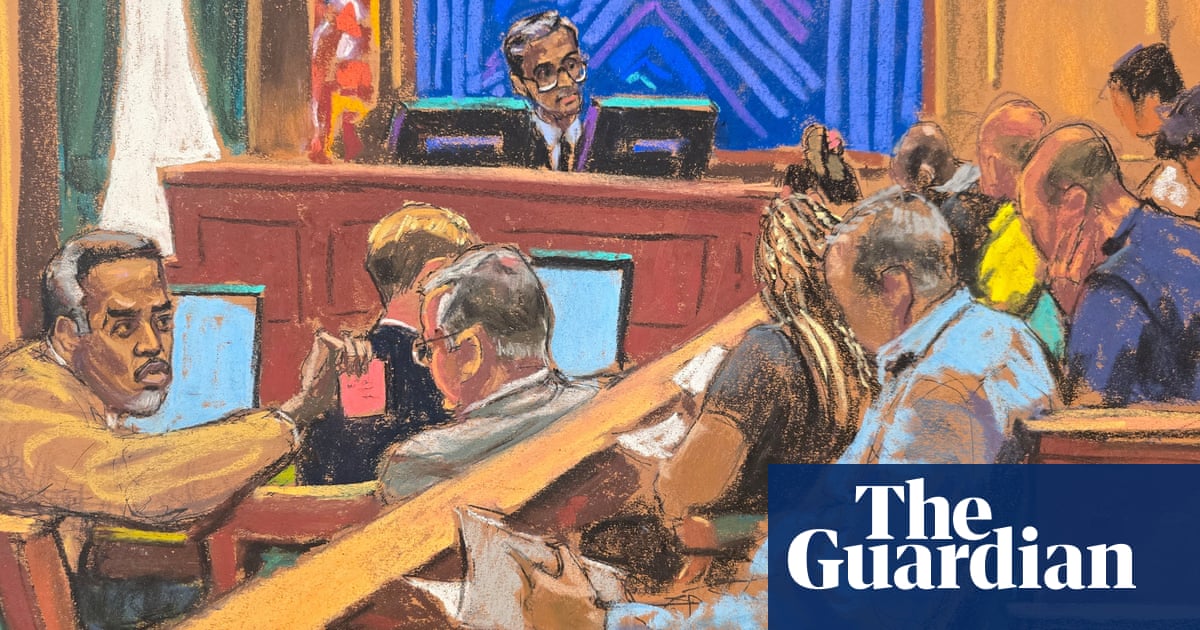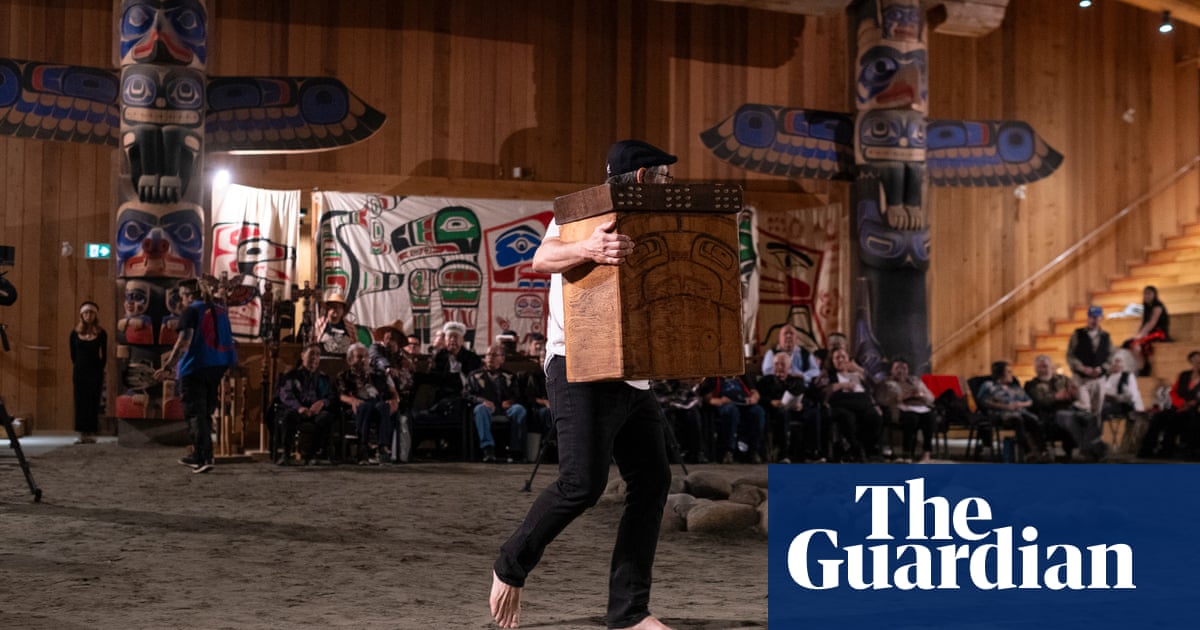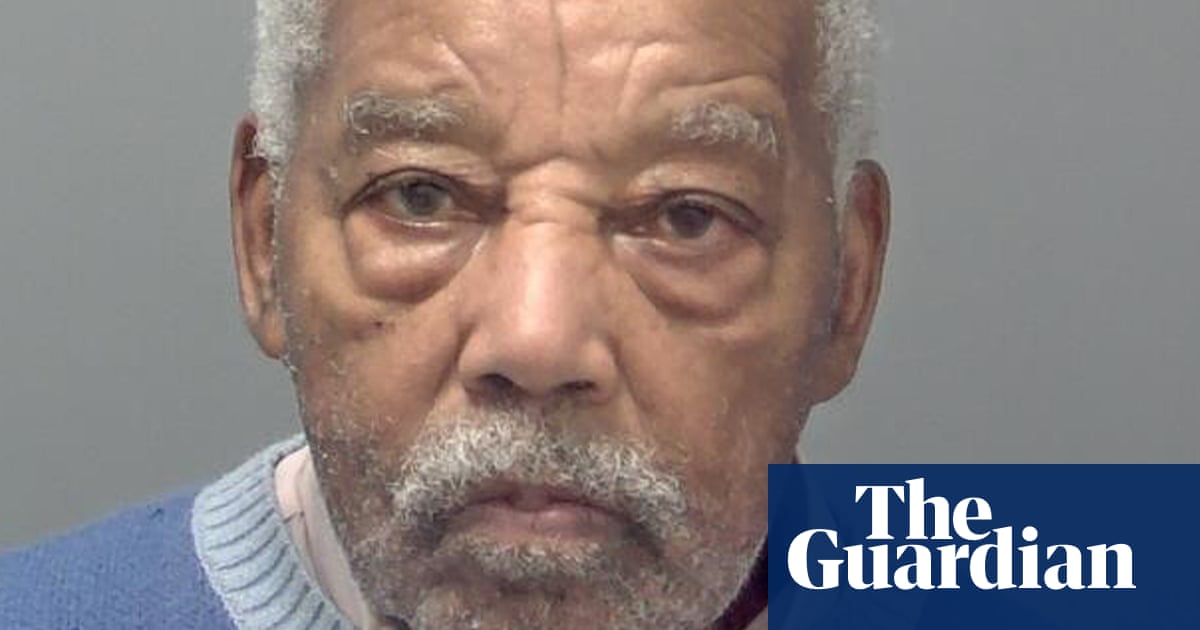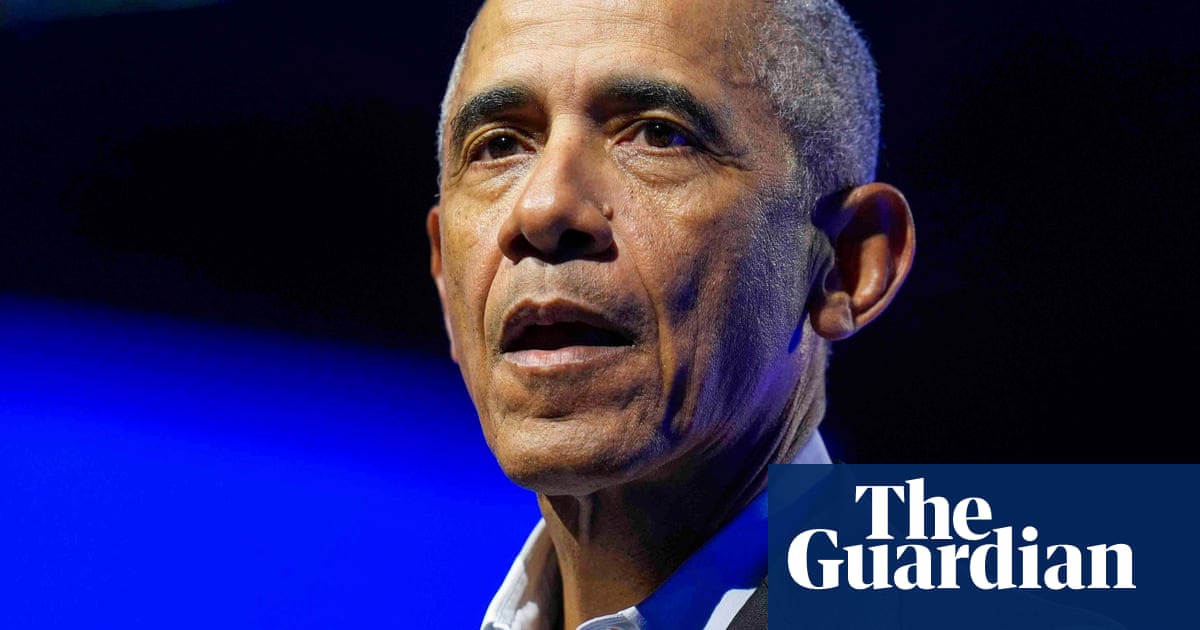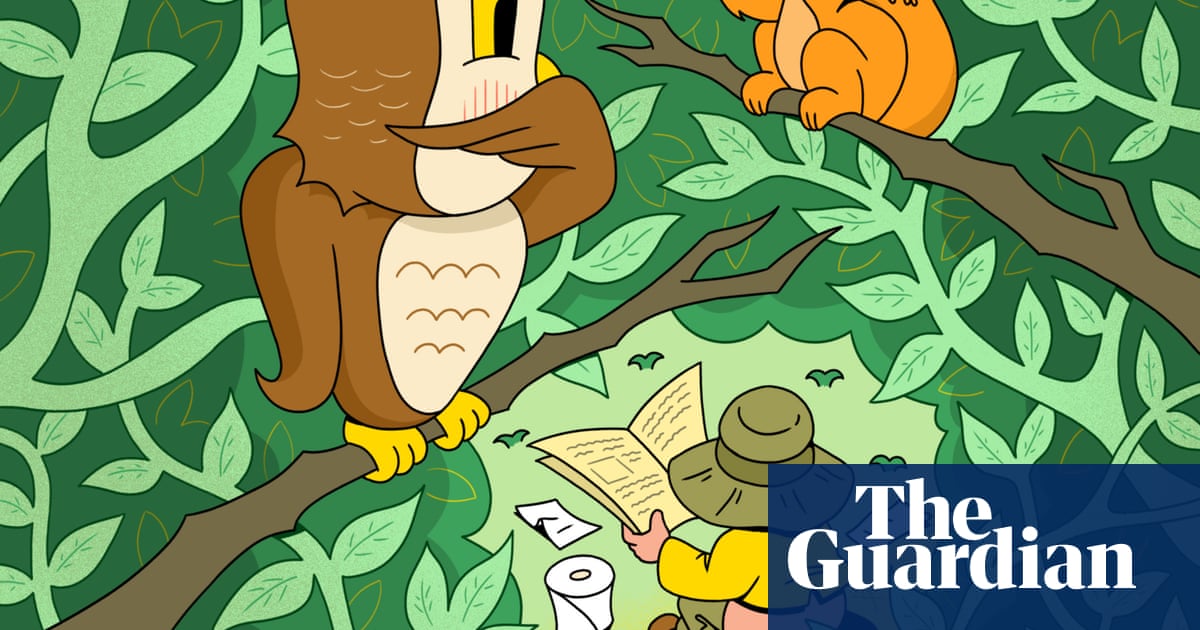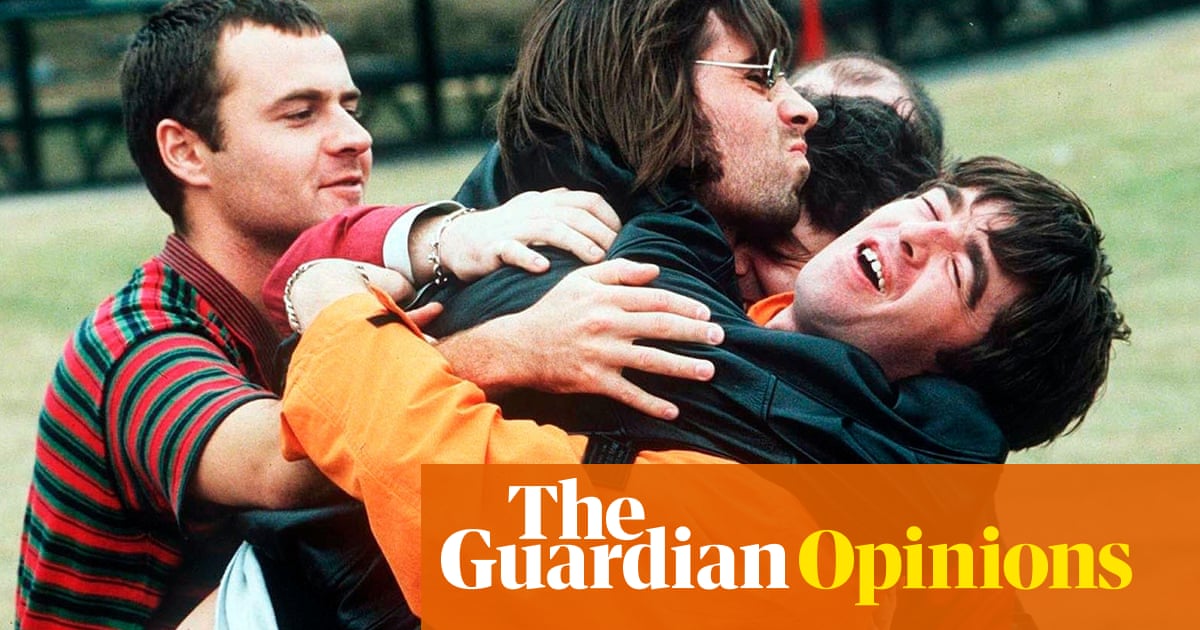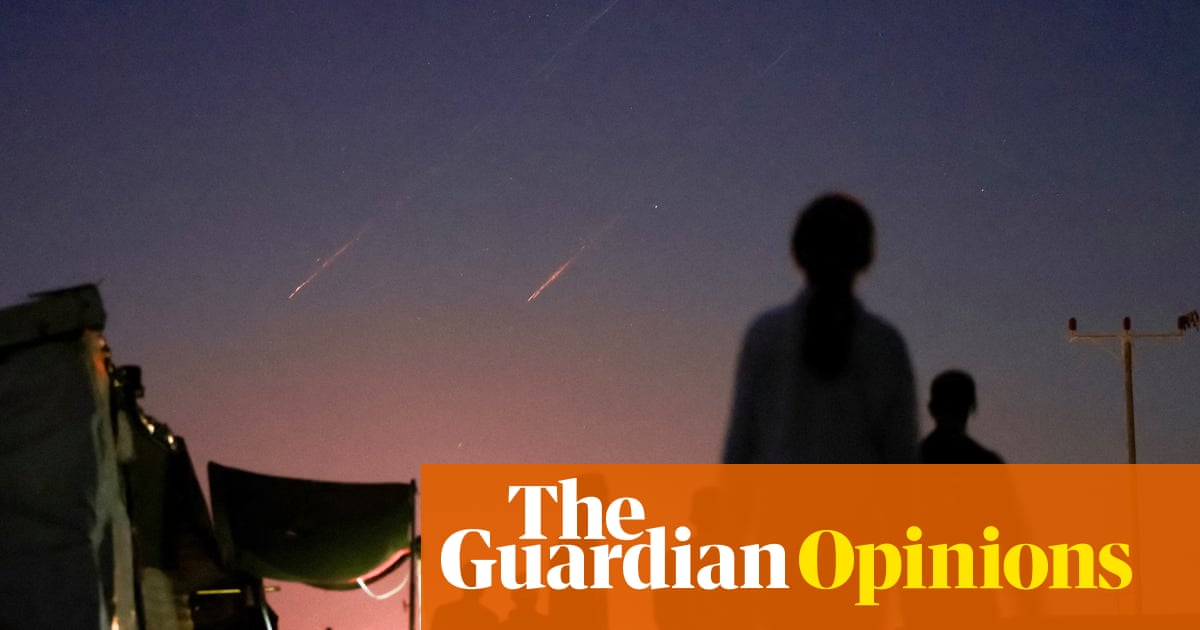The Thin Man
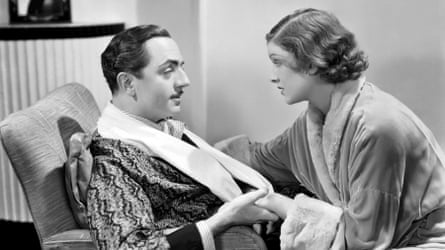
The Thin Man series should not be rebooted so much as remixed, shaken a little and strained into crystal coupes. These glamorous 1930s capers starred the debonair duo of William Powell and Myrna Loy as frisky husband-and-wife sleuths Nick and Nora Charles, who solve crimes while cracking wise and necking cocktails, accompanied by their precocious wire fox terrier Asta. There were six films in the original run, starting with 1934’s The Thin Man, an adaptation of the Dashiell Hammett novel of the same name, and ending in 1947. The perfect recipe for a new Thin Man film would comprise two charismatic movie stars with sizzling chemistry, the kind who look stunning in evening dress, but who can also ad lib their own gags, a cavalcade of plot twists and saucy co-stars, a happy ending, and of course a scene-stealing pooch. It’s good, old-fashioned fun, but that’s why it’s so timeless, and a formula that can run and run – until the ice bucket is empty. Pamela Hutchinson
Wild Things
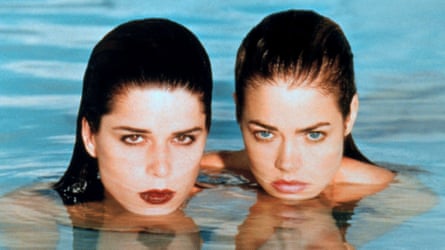
Wild Things is a movie Film Twitter might say they just couldn’t make anymore, which is pretty much the best reason to give it a try. The gloriously trashy original, which spawned a series of straight-to-DVD sequels, starred Neve Campbell, Denise Richards, Matt Dillon and Kevin Bacon (shocking audiences by showing off all his meat) as exceptionally hot grifters using their sexual currency to break open trust funds. Wild Things was the neo-noir driftwood arriving after a wave of 90s erotic thrillers, when Girls Gone Wild was a thing and wet T-shirt competitions were peaking. That vibe is built into the movie’s lurid South Florida aesthetic, which was an ogle fest certainly, but also deceptively clever and sensational with its knowing high camp performances and over-the-top accumulation of double and triple crosses. Wild Things is exactly the franchise to revisit now that we’re in a moment when the erotic thriller is making a comeback (think Halina Reijn’s smart and subversive embrace in Babygirl). It’s got the room to improve and challenge what the original had to offer, but also embrace what it did well, showing a lot of skin but only revealing the true nature of its plot and appeal just when we thought the movie – and its moment – was over. Radheyan Simonpillai
Torchy Blane

Look, I frankly can’t conceive of a hunger for reviving any long-running franchise of the past half-century. Pretty much all of them have had their turn at this point. So let’s take it back a bit further and yield the floor to Torchy Blane. This lady reporter and de facto gumshoe was played mostly but not exclusively by Glenda Farrell and featured in nine feature films released between 1937 and 1939, starting with the aptly titled Smart Blonde. Feature films meant something a little different back then; these B-movie mysteries and light adventure thrillers hovered around the 60-minute mark. They’re also the kind of personality-driven plots that are more typically run into the ground by network TV. But wouldn’t it be fun to see a true big-screen star like Amy Adams, Emma Stone or Zoe Saldaña cracking cases every year or two without the TV commitment or the obligations of brainless spectacle? Hire Torchy at an imperiled publication and bring back the crisp, short, well-made mystery picture! If the execs need a craven superhero connection, consider this: Torchy supposedly helped inspire the comics character Lois Lane. Whaddaya need, a road map? Jesse Hassenger
A Nightmare on Elm Street
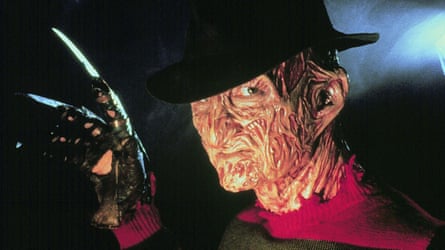
There’s nothing official yet on the books for a return to Elm Street but given the unending churn of horror resurrections (Scream continues, Halloween is getting another do-over, Friday the 13th is heading to TV, Texas Chainsaw has inspired a frenzied auction), something must be edging closer. The delay might be down to how nightmarish the last attempt was – 2010’s drab and unscary retread, loathed by critics and disowned by lead Rooney Mara – but also how difficult it is to reinvent Freddy Krueger for a modern audience. A violent, sleepover-ruining villain had turned into a quippy, exhaustingly over-merchandised joke and those wishing to bring him back have surely been having sleepless nights trying to figure out the right balance. But there remains something terrifying, and endlessly inventive, about the engine at its core, allowing for a smart, visually ambitious film-maker to go wild on a new canvas. There’s also mileage in exploring, and potentially tweaking, Krueger’s cursed backstory for an even more divided small-town America (what if an outsider was framed for the wrongdoings of a corrupt community and returned with a vengeance?), finding nasty new ways to keep us up all night. Benjamin Lee
Austin Powers

“One million dollars!” In the ’90s, the Austin Powers franchise rightly achieved heavy cultural weight and widespread memeification for the way it hilariously dismantled spy thriller tropes while lambasting the uptight and power-hungry 1% – far before it was trendy to do so. But that was 20 years ago. As oligarchs today melt the ice caps to force-feed us self-driving cars and AI slop, and while Donald Trump amasses a Dr Evil–worthy group of sycophants in the executive branch, what could be more timely than a reboot of the Austin Powers series? In times of political upheaval and social unrest, comedy has repeatedly demonstrated its ability to speak necessary truths in a way that resonates broadly; even more importantly, mockery and laughter are proven deterrents against authoritarian regimes. Veronica Esposito
The Godfather

I can personally live without movie franchises: I lost interest in Star Wars halfway through Return of the Jedi, gave up on Alien after Resurrection, and actually fell asleep during Matrix Reloaded, it was such a letdown. Recapturing lightning in a bottle is a task seemingly beyond everyone except James Cameron (I’ll grant that Aliens and T2 are top-notch exceptions to the rule). The Godfather – not really a franchise as such, but in effect the inventor of the modern film series – is the biggest conundrum of them all. Godfathers 1 and 2 are both brilliant, which makes the awfulness of part III one of the most baffling disasters in cinema history. (Even more baffling, where did Sofia Coppola find the confidence to be such a great director herself after being so badly exposed as an actor, by her own dad.) Well, history records that Coppola – still then a fillm-maker to be reckoned with – only did part III to get out of a financial hole; and it also records he did discuss a fourth film with Mario Puzo, but it hit the buffers when the author died in 1999. So my vote is: if we can guarantee Godfather 4 is as good as 1 or 2, then please can we have it? If not, forget about it. Andrew Pulver
The Brady Bunch
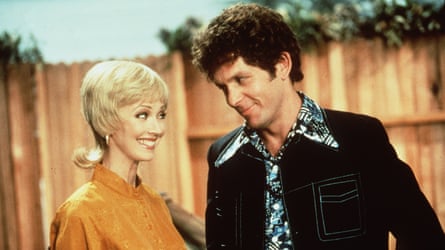
The most incisive movie franchises reflect the time they arrived. By that measure, this would be the ideal moment to resurrect The Brady Bunch series. The original TV version of the show, which aired between 1969 and 1974, couldn’t have been more popular, or more insipid, inspiring no fewer than five spin-off specials for the small screen, each dimmer than the next. In stark contrast, the movie series, which spawned three projects between 1995 and 2002, took a far more sophisticated and satirical approach, positioning the naivete and self-absorption of its ’70s characters as hilarious foils to the larger world they now found themselves in. Fast forward several decades to the reactionary age of Trump. In key ways, today’s climate echoes the Nixonian era of the original TV series, which had been conceived, in part, to re-asserted “traditional values” in the wake of the ’60s revolution. But there’s a built-in twist with this franchise: The Bradys were always kind people at heart, so placing them in the context of today’s cruel cultural backlash could open up a whole new layer of nuance, allowing the family to find a sweet and funny balance between their simplistic notion of “normalcy” and the complex world we actually live in. Jim Farber
Wayne’s World
![WAYNE’S WORLD [US 1992] MIKE MYERS as Wayne, DANA CARVEY as Garth](https://i.guim.co.uk/img/media/7a51e4c154c19355736c74d4367cd9323037b728/0_213_2992_1683/master/2992.jpg?width=445&dpr=1&s=none&crop=none)
It has been over 30 years since Wayne Campbell and Garth Algar partied on from the basement set of their public access show in Aurora, Illinois, and the Saturday Night Live stars who originated them, Mike Myers and Dana Carvey, are not exactly at the peak of their fame. But that’s exactly why a new Wayne’s World is a promising idea: Just as Wayne and Garth are on the wrong side of middle age, nostalgic for their brief time in the national spotlight, rock music itself has been on the decline, relegated mostly to legacy tours aimed at gen-Xers with deep pockets and bad backs. That may sound like a melancholy premise for a franchise built on silly banter and pop-culture references, but a YouTube-channel revival of Wayne’s World seems plausible, as does the hilarious disconnect between old guys looking to “party on” and a younger generation unaccustomed to guitars getting plugged into amplifiers. Scott Tobias
Species
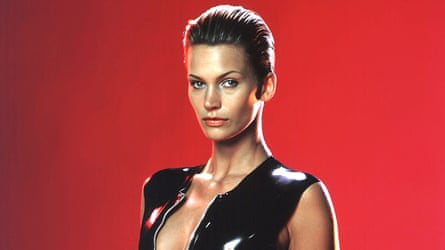
If the three intervening decades since the release of Species – a period of time that’s yielded Scarlett Johansson in Under the Skin, Sally Hawkins’s fishy fornication in The Shape of Water, and not one but two azure-skinned, kinda-nude Mystiques – have taught us anything, it’s that the viewing public’s desire to make it with not-quite-human organisms is only growing in ardor. That’s the sturdy foundation upon which Roger Donaldson’s admirably smutty sci-fi staple of adolescent sleepovers was built, its servicing of peculiar fetishes less out of joint with the present than the conditions of its making. That MGM would throw $35m (in ’90s dollars!) at a softcore B-movie scans as utterly alien to today’s studio protocols, and as such, a similar investment would be the ideal tonic for an anemic summer movie landscape. Right now, every tentpole is grasping for an air of can’t-miss ceremony, which leads to leaden seriousness and self-importance; the people crave base pleasures, the dumb horny fun of getting ravished by a sextraterrestrial. (And just think of how well the novelization will sell with fan-fiction types.) Charles Bramesco
Shanghai Noon
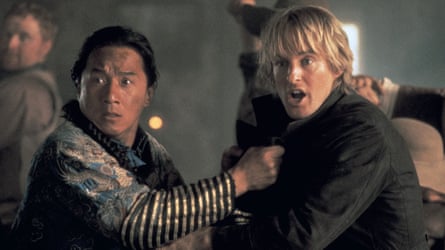
How well do Shanghai Noon and Knights – the Owen Wilson/Jackie Chan martial arts/western buddy movies from the earlier noughties – stand up, 20 odd years on? A brief gander at the trailers feels … unencouraging but at the time I remember really liking these for their loose limbs and nimble feet, charming performances and some surprisingly good jokes. The first was set in the old west and had a lot of broad stroke nudge-nudge genre nods, the second in Victorianish London, with ribald support from Gemma Jones, Aidan Gillen and a very young Aaron Taylor-Johnson as Charlie Chaplin. A third was reportedly planned a few years later, set in Mexico, but it never happened because Jackie Chan “lost interest”. Maybe the healthy box office for the Karate Kid reboot might reignite that? Perhaps Owen Wilson is finding his mojo again, post Stick? Either way, it’s one breezy bit of entertainment I’d happily lap up again. Catherine Shoard

 5 hours ago
3
5 hours ago
3


